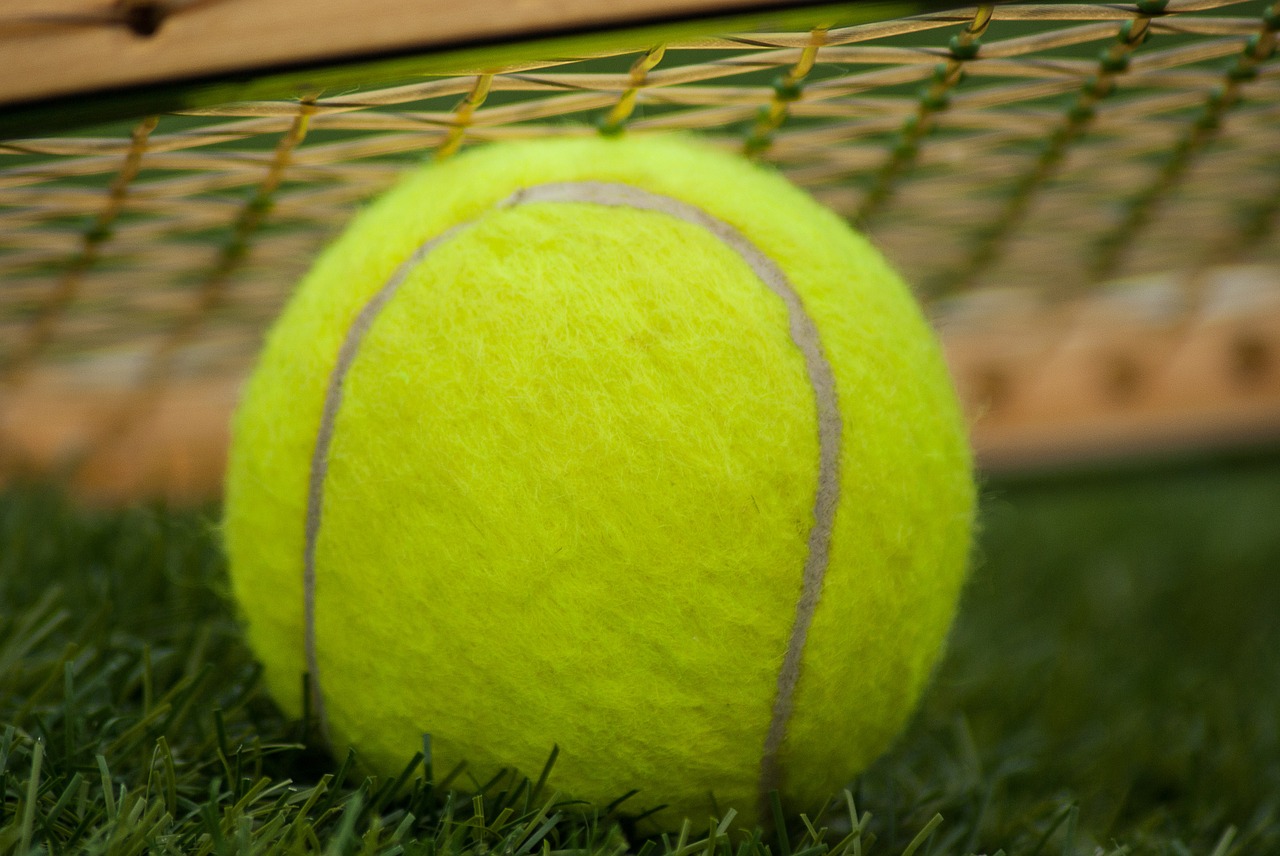If you’re serious about improving your tennis game, there’s one activity you need to do: drills. Getting out on the court and playing matches as often as possible will certainly help boost your game, but nothing targets and strengthens certain elements of your technique the way drills do.
Whatever your skill level, drills can help you develop and hone proper technique, improve your consistency and confidence, reduce your risk of injury, and create that critical muscle memory that allows you to respond instinctively during play. Some of the best drills to incorporate into your regular training include:
1. Dribbling
Bringing things back to basics is what many tennis drills are all about, and it doesn’t get more basic, or more important, than dribbling. For this drill, all you need to do is take your racket in a forehand grip and hit the ball repeatedly down toward the ground in front of you. Continue hitting like this until you get a consistent “dribble” going. Your goal here is to keep the ball bouncing in the same place for as long as possible. To boost the difficulty level, you can practice increasing and decreasing the speed of the dribble, or you can try moving around the court while keeping the dribble going. This fundamental drill is great for sharpening hand-eye coordination, and it can also help you hone your focus between serves during match play.
2. Groundstroke drills
Not all tennis drills need to involve a racket. This fundamental drill helps you focus on your groundstroke footwork and positioning without worrying about hitting a ball.
A partner or coach will need to help you with this drill. First, have them toss the ball in front of you, as if for a forehand stroke. Your job is to be ready to catch the ball and throw it back as soon as it has bounced. Your partner will then immediately make another toss to your backhand, and once again, you’ll catch it and throw it back.
As the drill goes on, work on increasing speed and the distance you travel. (When you feel you’ve practiced the side steps enough, you can add your racket back in and hit the balls your partner is tossing instead of catching and throwing them.)
3. The alley rally
Tough to master but incredibly effective, this drill is all about improving your control and consistency. To begin the drill, you and your partner take up positions within the doubles alley on the side of the court. Together, your objective is to hit at least 10 shots back and forth, all of which should land within the alley. If you’d like to make the drill even more focused, you can specify that shots should be forehand or backhand only. By confining your shots to such a narrow area, you’re giving your ability to place the ball accurately an extremely targeted workout. As a result, when you switch back to playing on the full court (which will seem huge by comparison!), you’ll have much better control of your shots.
4. Four-ball drill
While some tennis drills are focused on building and honing proper technique, others are all about boosting your level of play against different types of opponents. In the case of the four-ball drill, the aim is to practice playing a controlled opponent whose strategy is to run you all over the court.
In the drill, your partner repeatedly hits you a series of four shots. Your objective is to return these in sequence using a forehand down the line, a backhand down the line, a forehand cross court, and a backhand cross court. (To visualize what this drill looks like, imagine a letter X sketched over and over again on the court.)
This gives you a thorough workout of your four main shots, building them firmly into your muscle memory and making you comfortable enough to use them in surprising combinations.
5. Overhead drill
If you’re like most players, you probably don’t practice your overhead shots quite as much as you should. This drill helps address this issue by focusing on an all-important but frequently overlooked part of overheads: the action of moving backward to hit the smash.
In this overhead drill, your partner feeds lobs to you from the net, which forces you to move back so that you can hit an overhead smash. (Note that this setup, with one player having to move back from a net position, is almost always how overheads occur in real match play.)
As soon as you’ve made the hit, run forward and touch the net with your racket head; this cues your partner to feed you another lob. This drill gets very tiring very quickly, but it provides a great opportunity to focus on your footwork during front and back movement, which in turn helps you strengthen your positioning for overhead returns during a match.

Sorry, comments are closed for this post.